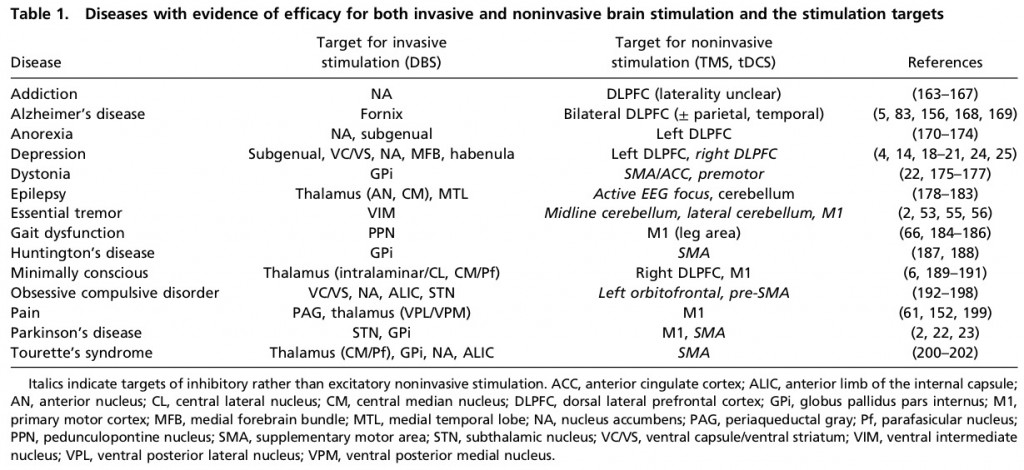For me this insight (that Dr Fried observed a specific memory attached to a single neuron spike) suggests the question: What about smaller electrodes? Current would have to be reduced to match the proven safety of larger electrode/currency-densities, but if a memory can associate to a single neuron perhaps there are novel hypotheses to be explored using tDCS.
Scientists can, as Dr. Fried did, see a single neuron spiking. There are fancy machines, fMRI scans, that can take fuzzy pictures of whole neighborhoods of hundreds of thousands of neurons being active. But if we want to see a memory of Jennifer Aniston forming in my head, first as two, then four, then ten, then 50, then 100, then 1,000 neurons flashing messages to each other forming a pattern — that we can’t see. We haven’t the tools.
The way to do it, says Seung in his new book Connectome is we should build a brain map. This map should let us see each and every neuron in a bit of my brain, the bigger the neighborhood, the more we will see. One day Seung would like to map an entire human brain, that’s 80 billion neurons with roughly a 100 trillion connections between them.
via Neuroscientists Battle Furiously Over Jennifer Aniston : Krulwich Wonders… : NPR.
See Also: Memories and Volition – Insights from Single Neuron Recordings in the Human Brain Itzhak Fried http://youtu.be/VwmMY4Fxn-Q?t=6m35s

